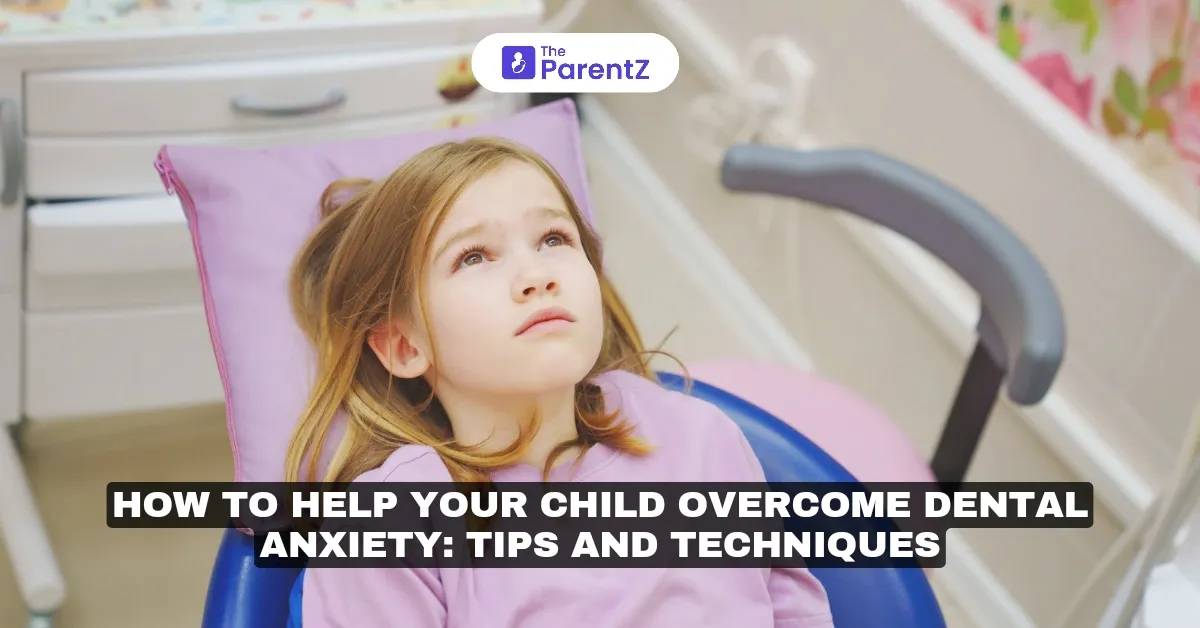Dental anxiety is a common issue among children, often stemming from fear of the unknown, negative experiences, or stories they’ve heard. Left unaddressed, it can lead to poor oral health and avoidance of dental care. Fortunately, parents and dentists can work together to help children feel more comfortable and confident during dental visits.
Understanding Dental Anxiety in Children
Dental anxiety is characterized by feelings of fear, stress, or uneasiness about dental visits. Common triggers include:
• Fear of pain or discomfort.
• Negative past experiences with dentists.
• Fear of needles or dental instruments.
• The unfamiliar environment of a dental clinic.
• Stories from peers or media about unpleasant dental visits.
Signs of Dental Anxiety in Children
Parents should look out for the following signs of dental anxiety:
• Crying or tantrums before or during a dental visit.
• Complaints of stomachaches or other physical discomfort before the appointment.
• Refusing to talk about or acknowledge upcoming dental visits.
• Clinging to parents or showing unusual shyness at the dental clinic.
How to Help Your Child Overcome Dental Anxiety
1. Start Early and Build Familiarity
• Schedule the first dental visit by the age of 1 or when the first tooth erupts. Early exposure helps children get used to the dental environment.
2. Choose a Pediatric Dentist
• Pediatric dentists are trained to work with children and often use child-friendly language, tools, and techniques.
3. Use Positive Language
• Avoid using words like “pain,” “hurt,” or “needle.” Instead, use phrases like “clean your teeth” or “check your smile.”
4. Explain What to Expect
• Use age-appropriate language to describe what will happen during the visit. For example: “The dentist will count your teeth and make them shiny.”
5. Read Books or Watch Videos
• Stories or cartoons about dental visits can help normalize the experience and reduce fear. Examples include The Berenstain Bears Visit the Dentist or YouTube videos featuring friendly dental experiences.
6. Role-Play at Home
• Pretend to be the dentist and let your child take turns being the patient. This helps them understand what happens during a check-up.
7. Bring a Comfort Item
• Allow your child to bring a favorite toy, blanket, or stuffed animal to provide comfort during the visit.
8. Practice Relaxation Techniques
• Teach your child deep breathing exercises or distraction techniques, such as counting fingers or imagining a fun activity.
9. Reward Positive Behavior
• Offer praise, stickers, or a small treat after the visit to reinforce positive feelings about the dentist.
The Role of Dentists in Reducing Anxiety
1. Child-Friendly Communication
• Dentists can use “tell-show-do” techniques, explaining each step before proceeding and demonstrating tools to reduce fear.
2. Distraction Techniques
• Providing entertainment, such as cartoons, music, or colorful decorations, helps children focus on something other than the procedure.
3. Gradual Desensitization
• For highly anxious children, dentists can introduce them to the clinic in small steps over multiple visits to build trust.
4. Pain Management
• Modern techniques, such as numbing gels or sedation options, minimize discomfort, ensuring a pain-free experience.
At-Home Tips to Maintain a Positive Attitude Toward Oral Health
1. Make Oral Care Fun
• Use colorful toothbrushes or flavored toothpaste to make brushing enjoyable.
• Sing songs or play a timer game to encourage brushing for the recommended two minutes.
2. Be a Role Model
• Demonstrate good oral hygiene habits and share your own positive dental experiences.
3. Encourage Open Communication
• Allow your child to express their fears or concerns and address them calmly.
4. Reinforce the Importance of Dental Health
• Explain how visiting the dentist helps keep their teeth strong and healthy for smiling, eating, and playing.
When Professional Help Is Needed
If your child’s dental anxiety persists despite your efforts, consider:
• Behavioral Therapy: Techniques like cognitive-behavioral therapy (CBT) can help children manage their fears.
• Sedation Dentistry: Options such as nitrous oxide (laughing gas) or oral sedation can be used for extremely anxious children under professional supervision.
• Regular Visits: Frequent visits to the dentist can help your child become familiar and comfortable over time.
Conclusion
Dental anxiety in children is a natural response but can be effectively managed with the right strategies. By fostering a positive relationship with oral care and creating a supportive environment, parents can help their children overcome their fears and develop lifelong dental habits. Remember, a stress-free dental experience begins with patience, preparation, and teamwork between parents and dental professionals.
References
• American Academy of Pediatric Dentistry. Managing dental anxiety in children.
• National Institute of Dental and Craniofacial Research. Oral health for children.
• Centers for Disease Control and Prevention. Children’s dental health.









Be the first one to comment on this story.